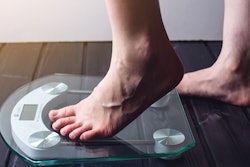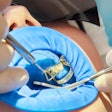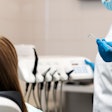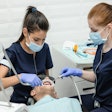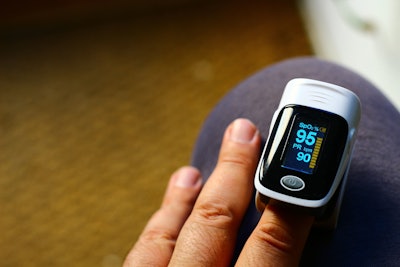
An oxygen saturation test may be a dependable way to evaluate pulp health two weeks after permanent teeth have been knocked out and replanted, according to research recently published in the Journal of Endodontics
Since a pulse oximeter provides a direct indication of tissue oxygenation, its use may assess pulp revascularization and potentially reduce the incidence of inflammatory root resorption, diminishing the incidence of inflammatory root resorption, the authors wrote.
"In addition to commonly used clinical and radiographic examinations providing clinical evidence, oxygen saturation test may offer valuable assistance," wrote the authors, led by Jinghui Yang of the school and hospital of stomatology at Wuhan University in China (J Endod, April 9, 2024).
Children and teenagers face the danger of traumatic dental injuries (TDIs), with tooth avulsion being one of the most severe forms, comprising 0.5% to 16% of all TDIs. Newly emerged teeth, particularly upper incisors, are particularly vulnerable to avulsion, leading to various issues such as aesthetics, functionality, as well as psychological and social impacts, they wrote.
In a study involving 51 immature permanent teeth that were avulsed and replanted, routine clinical and radiographic examinations were conducted over a one-year follow-up period to assess pulp status. Also, oxygen saturation levels of these teeth were measured at each visit using a modified pulse oximeter.
Seven teeth successfully underwent pulp revascularization, while 44 teeth did not. In the failure group, abnormal clinical and/or radiographic signs appeared, on average, after about 43 days, leading to a high incidence of inflammatory root resorption (43%), according to the results.
Furthermore, teeth in the success group exhibited an immediate increase in oxygen saturation post-replantation followed by a continuous rise over the year, reaching a significantly higher level compared to the failure group, where no such trend was observed, they wrote.
Traditional methods for assessing pulp revascularization were found to be inadequate, leading to a high incidence of inflammatory root resorption. However, using a modified pulse oximeter aided in the early detection of pulp revascularization by measuring oxygen saturation in the pulp tissue, they wrote.
However, the study had limitations. While the probe used was effective for incisors and canines, it was unsuitable for molars. Future enhancements to the probe will necessitate collaboration with mechanical engineers to address these limitations, they wrote.
"The pulse oximeter was a valuable tool while determining the oxygen saturation of the pulp tissue and could reflect pulp revascularization after replantation in an early stage," Yang et al concluded.




